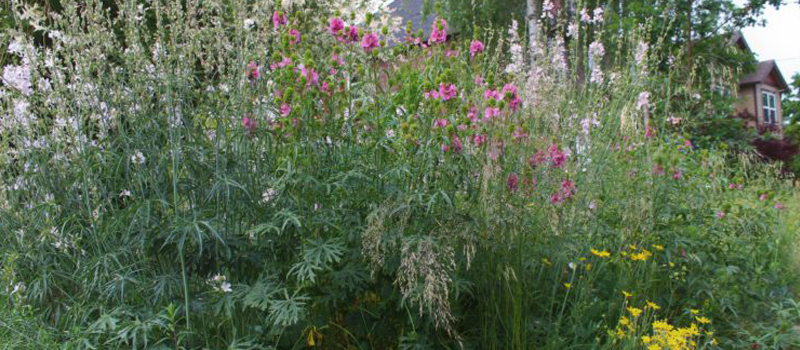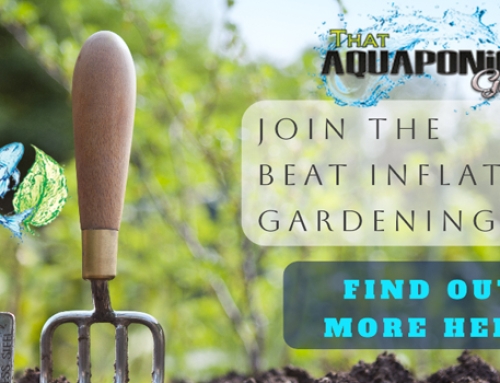Most neighborhoods in America don’t deviate much in their landscaping. In suburbs across the country, you’ll find well-manicured lawns, trimmed shrubbery, inoffensive trees, and perfectly spaced flowers. Now, that may be fine and dandy in places where rain falls abundantly however, for those regions in which aren’t full of meadows and forests, rather it is of pinion pine and scrub oak, having foreign plant life (which makes up most lawns) are not a wise move.
For those who live between a desert and high desert biome region (which can include the greater portion of Utah, Nevada, and Northern Arizona) to a Decidiferous/Alpine forest (which includes the rest of Utah, Colorado, and Wyoming) having an alien grass from back east are doing our area a disservice.
If you’re ready to commit to eco-friendly landscaping, we’ll walk you through everything you need to know about making your yard a little more green. Most of these changes are straightforward, and even if you don’t spend much time in your garden, you’ll find them simple to implement.
1. Pick Regional Biome-Supporting Plants
Each one of the states has its own ecological regions, that also can define what biomes there are and identify the native plants to that region. When you look to be more friendly to your area you will put in the homework needed to identify, buy and plant what is originally native to your neighborhood. In each region, there is plenty of diverse plant life that can make your year as aesthetically pleasing as you want. You don’t have to compromise the beauty of your landscaping to make a home for the correct plants in their area. They can serve both themselves and nature.
When you choose area-biome-supporting plants like Utah buffalo grass, you’re structuring your space while creating a natural habitat for a whole host of animals and birds. While the property belongs to you, sharing it is still vital.
2. Reduce Your Fertilizer Use
While fertilizer accelerates the growth of your plants, excessive use has consequences for your expenditure. When you layer too much fertilizer on your lawn, it’ll grow too quickly, and as it grows, you’ll need more water to sustain its health. Which, in a high desert biome, is not always wise to do.
In truth, you only need to fertilize your landscaping twice a year. As long as you fertilize once in the spring and once in the fall, you shouldn’t run into any issues later on. As for the type of fertilizer you should use, organic products are best, providing your plants all the micro and macro-nutrients they need.
3. Raise The Wild Edibles
You want your landscape to look natural, but you also want to have it there for a purpose. Fortunately, there are easy ways to find out which plant life is of the edible and nutritious kind that is easy to maintain the appearance of your yard and remain on good terms with neighbors, all while using better resources. Do the homework necessary and find out what you can do to assist your family year-round.
Don’t discount any of those plants that previously you would have counted as a weed. Each has a specific purpose and can be used within the home.
4. Create Specific Environments
As you browse your local greenhouse for seeds to add to your inventory, look for native species for specific environments you want for your yard and garden. You might feel tempted to purchase big, bright flowers with visual appeal, but if they’re non-native, you’ll find you’re doing more work for upkeep. Naturally, this leads to higher expenditure.
Native, non-invasive plants are ideal for your landscaping because they’re able to establish a balance with other plants more easily. When searching for these native species, you don’t have to go to a greenhouse — a trip to your local farmers’ market will suffice. Vendors will be happy to guide you in the right direction.
5. Collect Water With Barrels
Your methods of maintenance are just as essential to natural landscaping as the species of plants you choose. You can always find new ways to reduce your resource consumption, and, with a little creativity, enhance your garden’s appearance as well. Consider the use of barrels for water collection.
When you attach a purposefully planned water gathering system to your downspout, it’ll fill with water, which is both eco-friendly and attractive given the right setting. Beyond a barrel’s functionality, it’ll bring a garden charm to your landscaping — something modest and straightforward that will make your garden feel friendlier.
An Opportunity for Growth
As you design your yard’s layout, remember, you don’t have to conform to the dominant aesthetic. A natural landscape is an easy alternative that is just as visually appealing, and far more beneficial for the environment. Homeowners like yourself have made the changes on this list to incredible effect.
While you review your options, consider wildlife-supporting plants, native species, and strategies for conserving resources. You’ll find these aren’t limitations, but an opportunity for growth.






